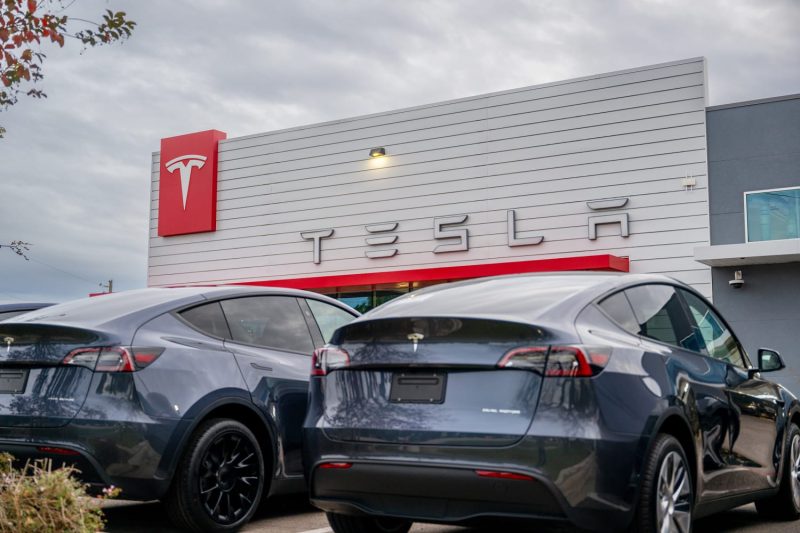
EU Cuts Tariffs on China-Made Tesla EVs and More Chinese Companies
The European Union’s decision to reduce tariffs on electric vehicles (EVs) manufactured in China, including those produced by Tesla and other Chinese firms, marks a significant development in the global automotive industry. This move is poised to have profound implications for both the EU market and the broader EV landscape.
The primary rationale behind the EU’s decision lies in fostering sustainable mobility and achieving climate goals. By slashing tariffs on Chinese-manufactured EVs, the EU aims to encourage the adoption of electric vehicles and accelerate the transition towards a cleaner transportation sector. This policy change aligns with the EU’s ambitious targets for reducing carbon emissions and promoting renewable energy use.
One key beneficiary of the reduced tariffs is Tesla, the American electric vehicle manufacturer with a significant production presence in China. With the EU market being a crucial target for Tesla’s EV sales, the tariff reduction opens up new opportunities for the company to expand its market share and increase its presence in Europe. This is especially timely considering Tesla’s ongoing efforts to ramp up production and meet the growing global demand for electric vehicles.
In addition to Tesla, other Chinese EV manufacturers are also set to benefit from the tariff cut. Companies such as NIO, XPeng, and BYD, which have been rapidly gaining traction in the Chinese market, now have a better chance to penetrate the lucrative European market. The tariff reduction provides these firms with a competitive edge and paves the way for increased market access and consumer acceptance of their EV offerings.
Furthermore, the EU’s move to lower tariffs on Chinese EVs reflects the shifting dynamics of the global automotive industry. As countries worldwide pivot towards cleaner energy sources and prioritize sustainability, the demand for electric vehicles is on the rise. By reducing barriers to entry for Chinese EV manufacturers, the EU not only supports the growth of the electric vehicle market but also fosters competition and innovation in the industry.
However, the tariff reduction also raises questions about the potential impact on European automakers. Domestic car manufacturers in the EU may face increased competition from Chinese EV firms, leading to challenges in maintaining their market share and competitiveness. To offset this, European automakers will need to intensify their efforts in innovation, technology development, and market differentiation to stay ahead in the evolving electric vehicle landscape.
In conclusion, the European Union’s decision to slash tariffs on China-made Tesla EVs and other Chinese firms signifies a significant shift towards promoting sustainable mobility and accelerating the adoption of electric vehicles in Europe. This move not only benefits key players in the EV market such as Tesla and Chinese manufacturers but also underscores the importance of collaboration and open trade in driving innovation and addressing global environmental challenges. As the automotive industry continues to evolve, the impact of this tariff reduction is likely to reverberate across markets and shape the future of electric mobility.
